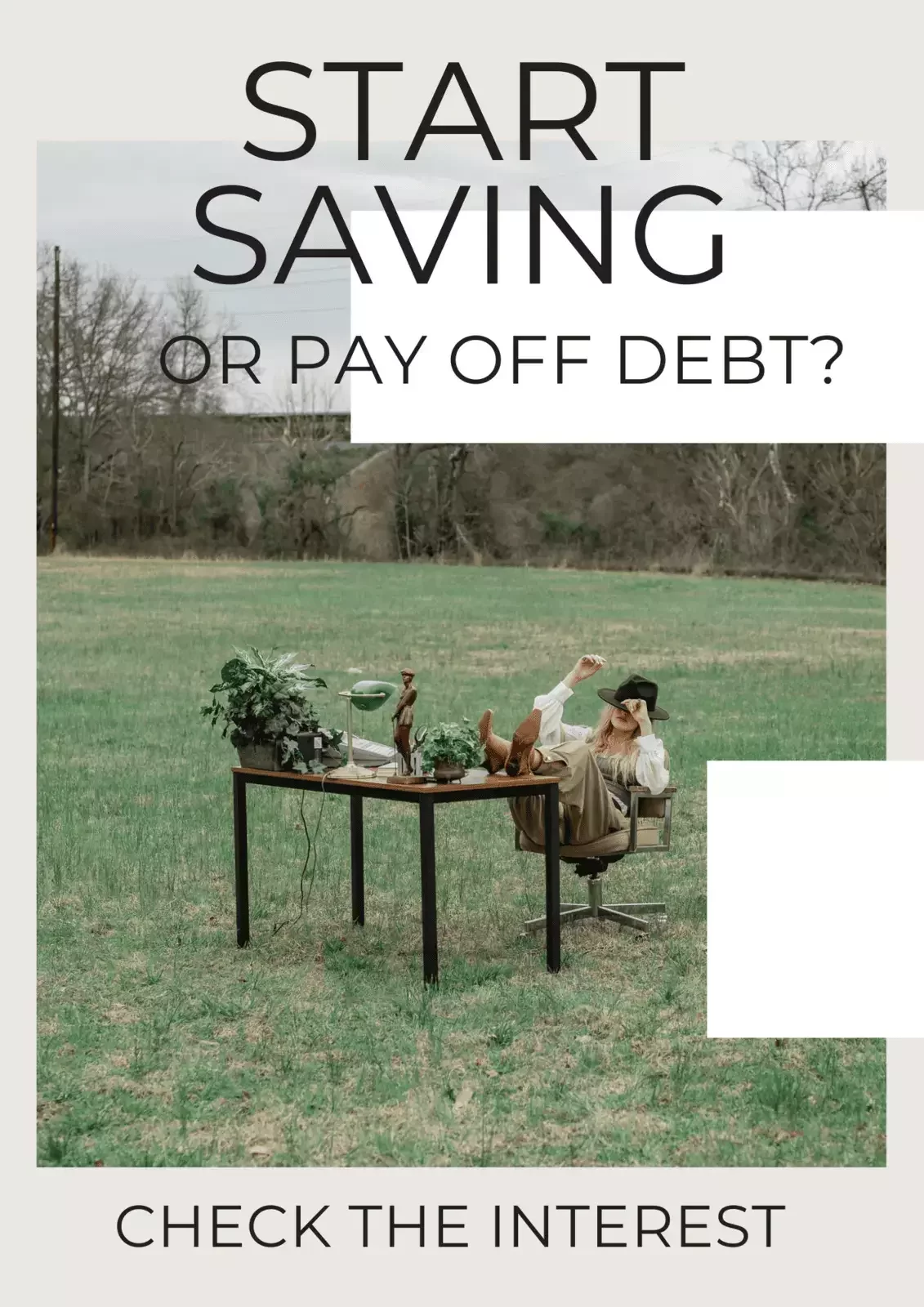
Unsecured debts like Credit cards, Personal loans, and overdraft usually carry a high interest rate, and therefore very expensive. Your interest rate will depend on your personal financial profile and Credit Score & Report. Below is an example only:
- Taking out a credit card with an interest rate of 25% per annum can be costly. For example, if you have an outstanding balance of R5000, you'll pay a total of R1250 in interest over a year, bringing the total amount paid to R6250.
Using an overdraft facility with an interest rate of 28% per annum can be particularly expensive. For instance, if you have an overdraft of R5000, you'll incur R1400 in interest charges over a year, bringing the total amount paid to R6400.
Store credit accounts with an interest rate of 26% per annum, can also lead to significant interest charges. If you have an outstanding balance of R5000, you'll pay R1300 in interest over a year, making the total repayment amount R6300.
On the other hand, if you have low-interest debt (think mortgages or student loans), it might make sense to focus on building up your savings instead. Your interest rate will depend on your personal financial profile and Credit Score & Report. Below is an example only:
- Taking out a personal loan of R500,000 with an interest rate of 20% per annum, would result in a total interest paid of R299,322 over 5 years, bringing the total repayment amount to R799,322.
- In contrast, a home loan of R500,000 with an interest rate of 7% per annum would result in a total interest paid of R93,139 over 5 years, bringing the total repayment amount to R593,139.
This significant difference in interest rates would save you R206,183 over the 5-year period, highlighting the importance of considering interest rates when choosing a loan option.
Saving Money: Interest earned makes your money GROW
Assuming an average interest rate of 5-7% per annum on a savings account or fixed deposit, here's a rough estimate of the interest earned on a R50,000 investment over 5 years:
- Total interest earned: approximately R16,380
- Total amount after 5 years: R66,380 (R50,000 + R16,380 interest)
Now, let's compare this to the interest paid on debt:
- Student loan (R50,000, 5% interest, 5 years): R13,539 interest paid
- Credit card debt (R50,000, 25% interest, 5 years): R88,181 interest paid
As you can see, investing R50,000 for 5 years can earn you around R16,380 in interest, whereas using additional funds to pay off your credit card, can save you paying off the full R 88 000 in interest. It thus makes sense to pay off the credit card as soon as possible. The interest spent on the student loan is less than the interest you would have earned and even though it is good to settle debts asap, it is not as urgent or high value as the credit card. This highlights the importance of managing debt and making smart investment choices to grow your wealth over time.


This approach suits individuals motivated by quick victories. It involves:
1. Prioritizing debts with the smallest balances first.
2. Focusing on swift repayment to free up monthly cash flow.
3. Allocating additional funds to the next-highest balance.
4. Building emergency funds and covering unexpected expenses.
This method provides psychological benefits, as paying off smaller loans boosts confidence and momentum.
Ideal for those who value steady progress, this approach involves:
1. Making minimum payments on all debts.
2. Allocating excess funds towards the debt with the highest interest rate.
3. Potentially saving money over time by reducing interest payments.
Although this method may not free up cash flow immediately, it can generate significant momentum upon eliminating high-interest debt.
Consolidating debt can simplify repayment and reduce financial strain. Options include:
1. Transferring balances to a lower-interest credit card.
2. Taking out a personal loan with favorable terms.
Debt consolidation combines multiple balances into one loan with a single interest rate, potentially:
1. Lowering monthly payments.
2. Saving money through reduced interest rates.
While debt can be financially burdensome, it’s essential to recognize that it’s not inherently shameful. Adopt a supportive mindset and approach debt management with self-compassion. Focus on creating a personalized debt plan that empowers progress, rather than perpetuating feelings of guilt or punishment.

Avoid the Debt Trap | Podcast
Avoid the Debt Trap | Podcast
A debt trap occurs when you can't pay off your debt and take out new loans to cover it, leading to a cycle of borrowing more money to meet existing obligations. This often results in escalating debt and financial instability, making it harder to escape the cycle of borrowing and repayment.
Read the Investec article HERE

Small Steps to Understanding and Paying Off Debt | Podcast
Welcome to the Family Finance Show with Diana Granoux, proudly brought to you by Old Mutual. This podcast is your weekly guide to effective budgeting, planning, and future proofing of your family's finances. Because money matters to every family, and every family matters at Old Mutual. Enjoy the show.
Read the Old Mutual article HERE
